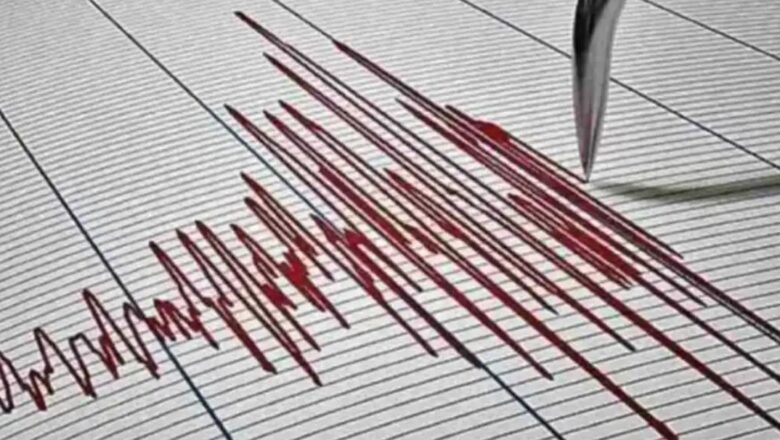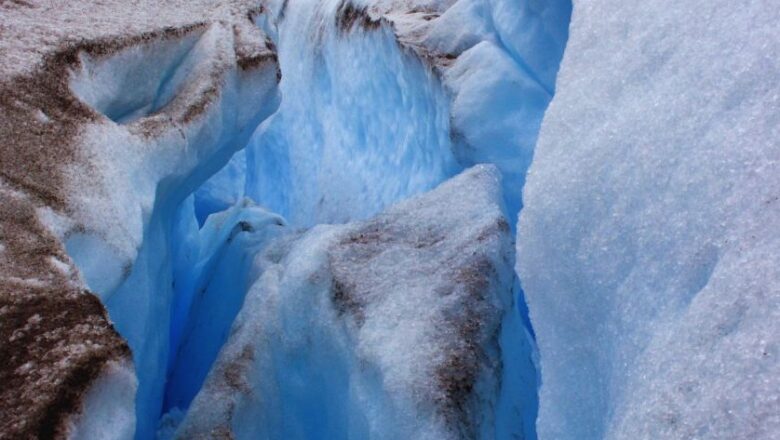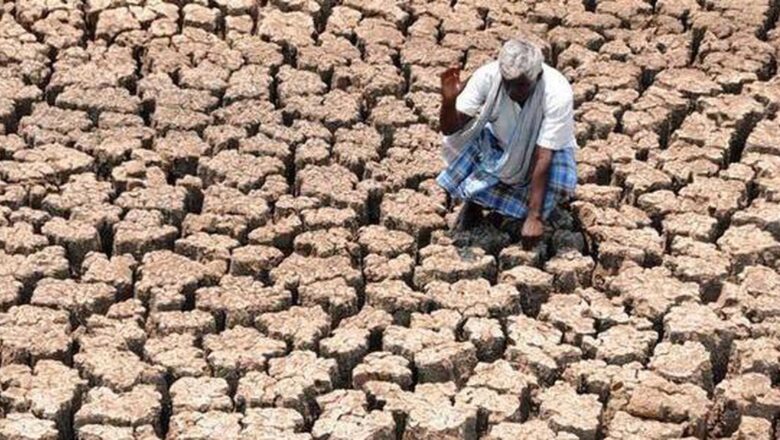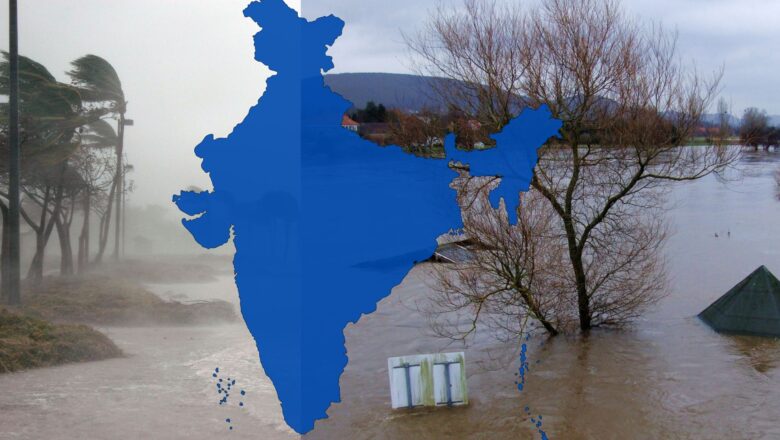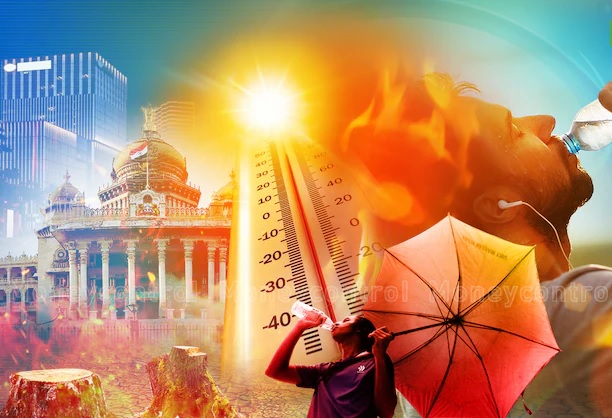
Study Warns World Cup 2026 Stadiums Face Extreme Heat Risk
A new study has raised serious concerns about the impact of extreme heat on the 2026 FIFA World Cup, warning that nearly 90 percent of the tournament’s stadiums could face dangerous temperatures. Researchers found that 14 of the 16 host venues across the United States, Canada, and Mexico are at risk of exceeding critical heat stress levels, potentially affecting players, officials, and spectators.
The research, conducted by Brunel University London, Queen’s University Belfast, and other institutions, analyzed 20 years of weather data and found that heat stress levels could surpass the 28°C threshold set by governing bodies as unsafe for play. If the summer of 2026 is hotter than average, as climate trends suggest, at least nine stadiums could see these extreme conditions for half the to...



